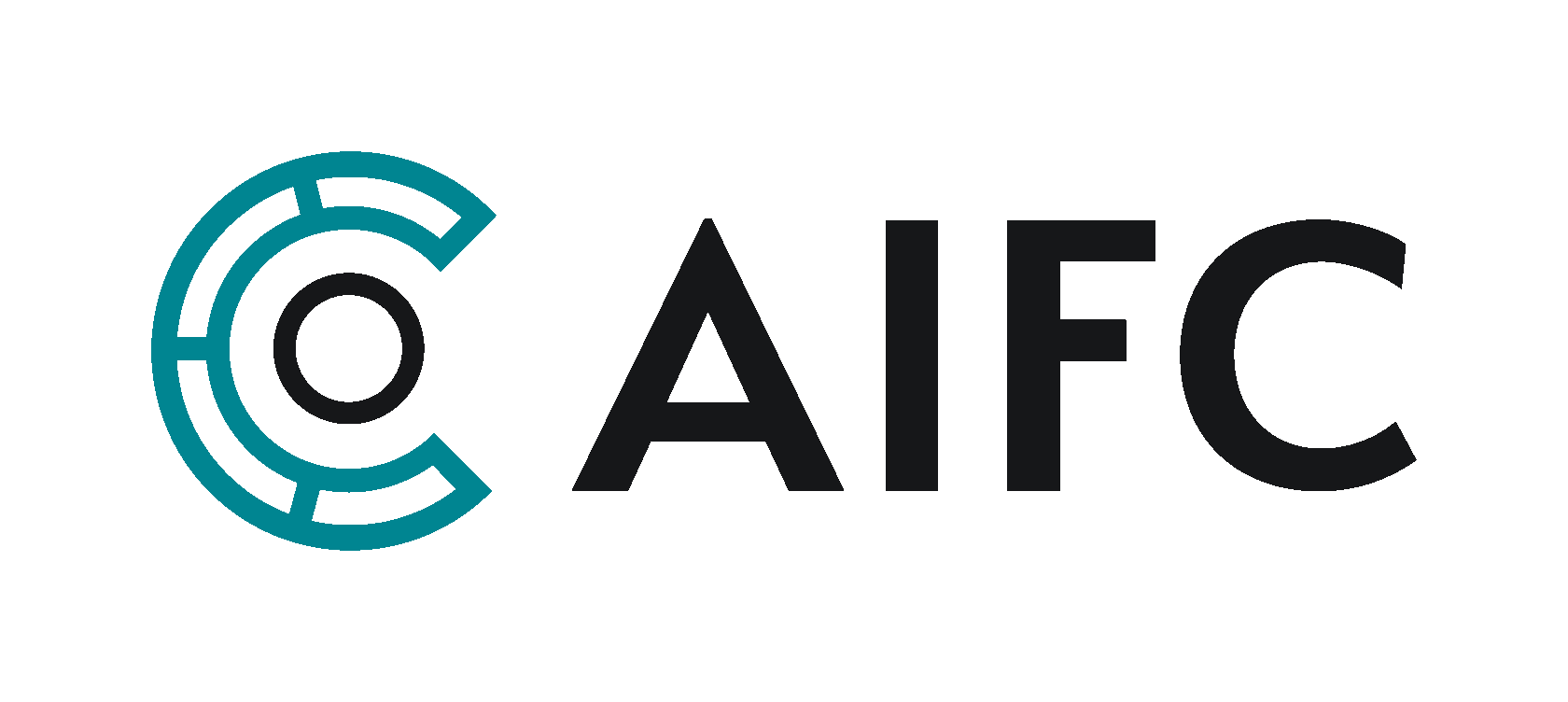Lessons from Corporate Use of Behavioural Economics
In the world of consumer engagement, the corporate sector has emerged as a frontrunner in the practical application of behavioural economics. While marketing strategies can appear manipulative to the trained eye — intentionally crafted to generate desire and drive purchasing decisions — they are, in fact, underpinned by rigorous behavioural insights and neuroscience.
Surprisingly, it is not the public sector, but private enterprise that leads in the deployment of these tools. Businesses invest heavily in understanding their consumers, seeking to refine the user experience and avoid alienating potential buyers. Their commitment to behavioural science outpaces that of government institutions, which often lack the resources and agility to do the same.
Cutting-Edge Tools and Technology
Corporate firms have access to advanced technologies that enable more precise and insightful consumer research. Tools such as eye-tracking, facial coding, sensory tracking, and even brain scanning equipment are used to decode emotional responses and gauge reactions in real time. In contrast, the public sector may struggle to run basic focus groups due to funding constraints.
Enhanced Message Delivery and Engagement
Private companies are also more innovative in how they communicate with target audiences. From immersive virtual reality experiences to haptic feedback that simulates physical sensations—such as stirring a cocktail in a liquor advert—brands use technology to amplify emotional resonance and drive action. Public sector messaging, on the other hand, still relies heavily on traditional print materials and direct mail, often failing to inspire the same level of engagement.
Refined Targeting and Rapid Feedback Loops
Another advantage of the corporate approach is its ability to finely segment audiences for highly targeted interventions. These defined groupings allow for more precise messaging, resulting in better outcomes. The private sector also benefits from the speed of evaluation, quickly adjusting campaigns in response to short-term metrics like sales figures or brand perceptions. Public sector initiatives, by contrast, tend to be longer-term, with slower feedback loops—such as those measuring educational attainment or public health outcomes.
The Power of Networks and Influence
Corporations effectively harness the power of social networks and influencers, leveraging celebrity endorsements and user testimonials to build trust and drive product uptake. The public sector rarely employs similar strategies, despite the potential for influential figures to promote vital causes, such as vaccination uptake or tax compliance.
An Ongoing Need for Research
Despite these sophisticated methods, private companies still acknowledge gaps in insight and the need for further behavioural research. Significant sums are spent on advertising without fully understanding its impact. This suggests an even greater need for the public sector to deepen its behavioural science capabilities to inform policy, improve communication, and enhance public engagement.
Ultimately, while the corporate world sets a high bar in applying behavioural economics, the potential for broader societal benefit lies in translating these practices into public service. The challenge now is for government institutions to bridge that gap.
Corporate firms have access to advanced technologies that enable more precise and insightful consumer research. Tools such as eye-tracking, facial coding, sensory tracking, and even brain scanning equipment are used to decode emotional responses and gauge reactions in real time. In contrast, the public sector may struggle to run basic focus groups due to funding constraints.
Enhanced Message Delivery and Engagement
Private companies are also more innovative in how they communicate with target audiences. From immersive virtual reality experiences to haptic feedback that simulates physical sensations—such as stirring a cocktail in a liquor advert—brands use technology to amplify emotional resonance and drive action. Public sector messaging, on the other hand, still relies heavily on traditional print materials and direct mail, often failing to inspire the same level of engagement.
Refined Targeting and Rapid Feedback Loops
Another advantage of the corporate approach is its ability to finely segment audiences for highly targeted interventions. These defined groupings allow for more precise messaging, resulting in better outcomes. The private sector also benefits from the speed of evaluation, quickly adjusting campaigns in response to short-term metrics like sales figures or brand perceptions. Public sector initiatives, by contrast, tend to be longer-term, with slower feedback loops—such as those measuring educational attainment or public health outcomes.
The Power of Networks and Influence
Corporations effectively harness the power of social networks and influencers, leveraging celebrity endorsements and user testimonials to build trust and drive product uptake. The public sector rarely employs similar strategies, despite the potential for influential figures to promote vital causes, such as vaccination uptake or tax compliance.
An Ongoing Need for Research
Despite these sophisticated methods, private companies still acknowledge gaps in insight and the need for further behavioural research. Significant sums are spent on advertising without fully understanding its impact. This suggests an even greater need for the public sector to deepen its behavioural science capabilities to inform policy, improve communication, and enhance public engagement.
Ultimately, while the corporate world sets a high bar in applying behavioural economics, the potential for broader societal benefit lies in translating these practices into public service. The challenge now is for government institutions to bridge that gap.
Source: "Learnings from the Corporate Usage of Behavioural Economics" article, Sixth Factor
